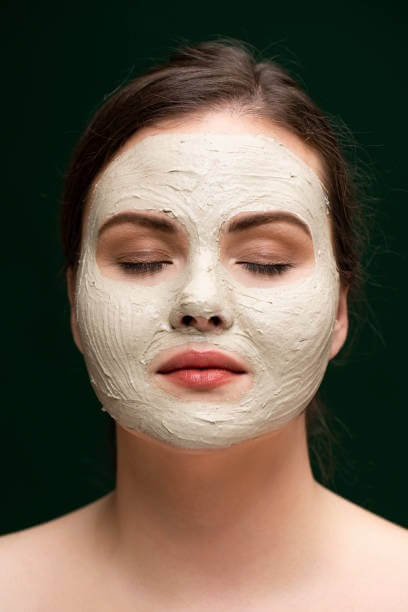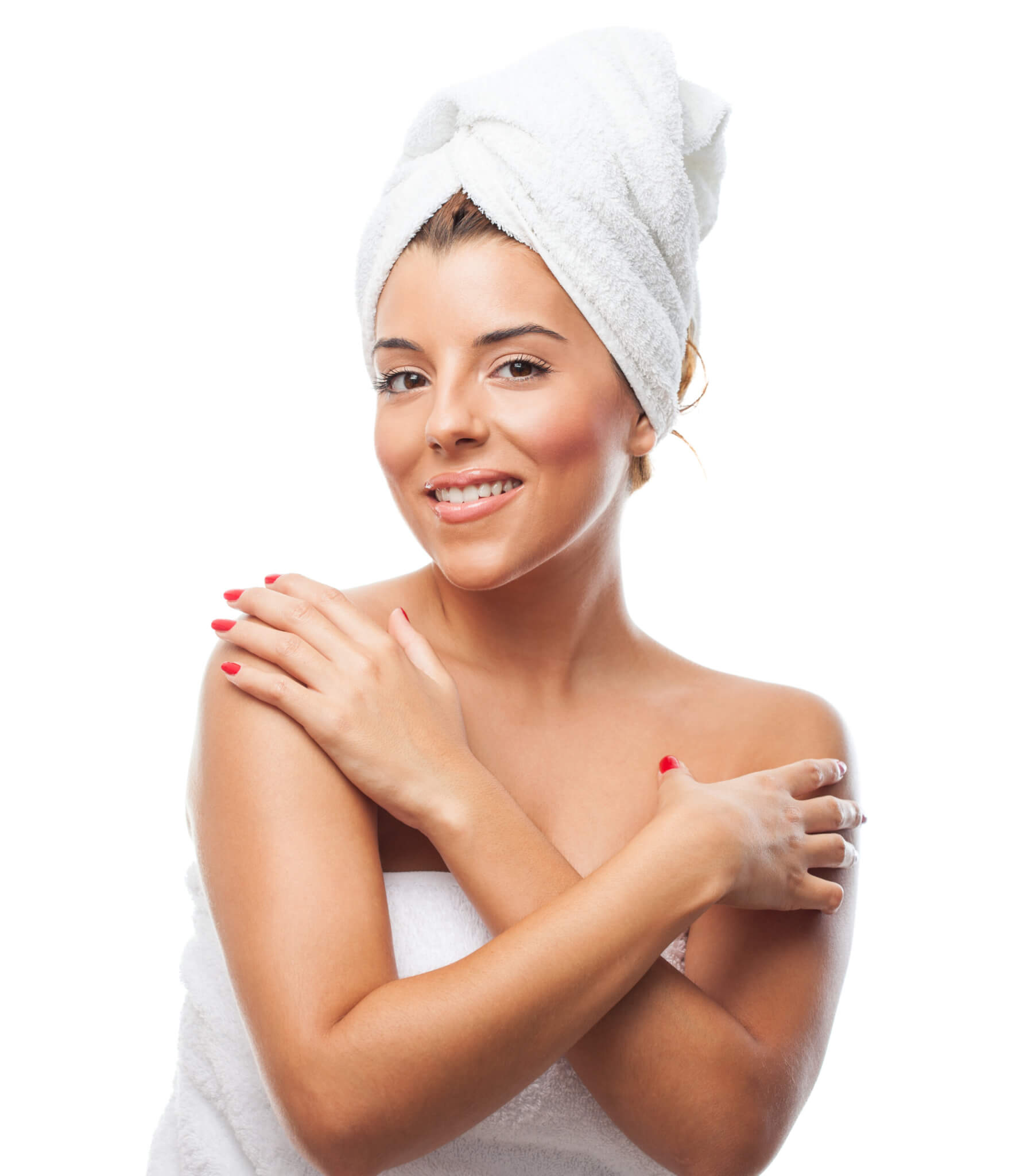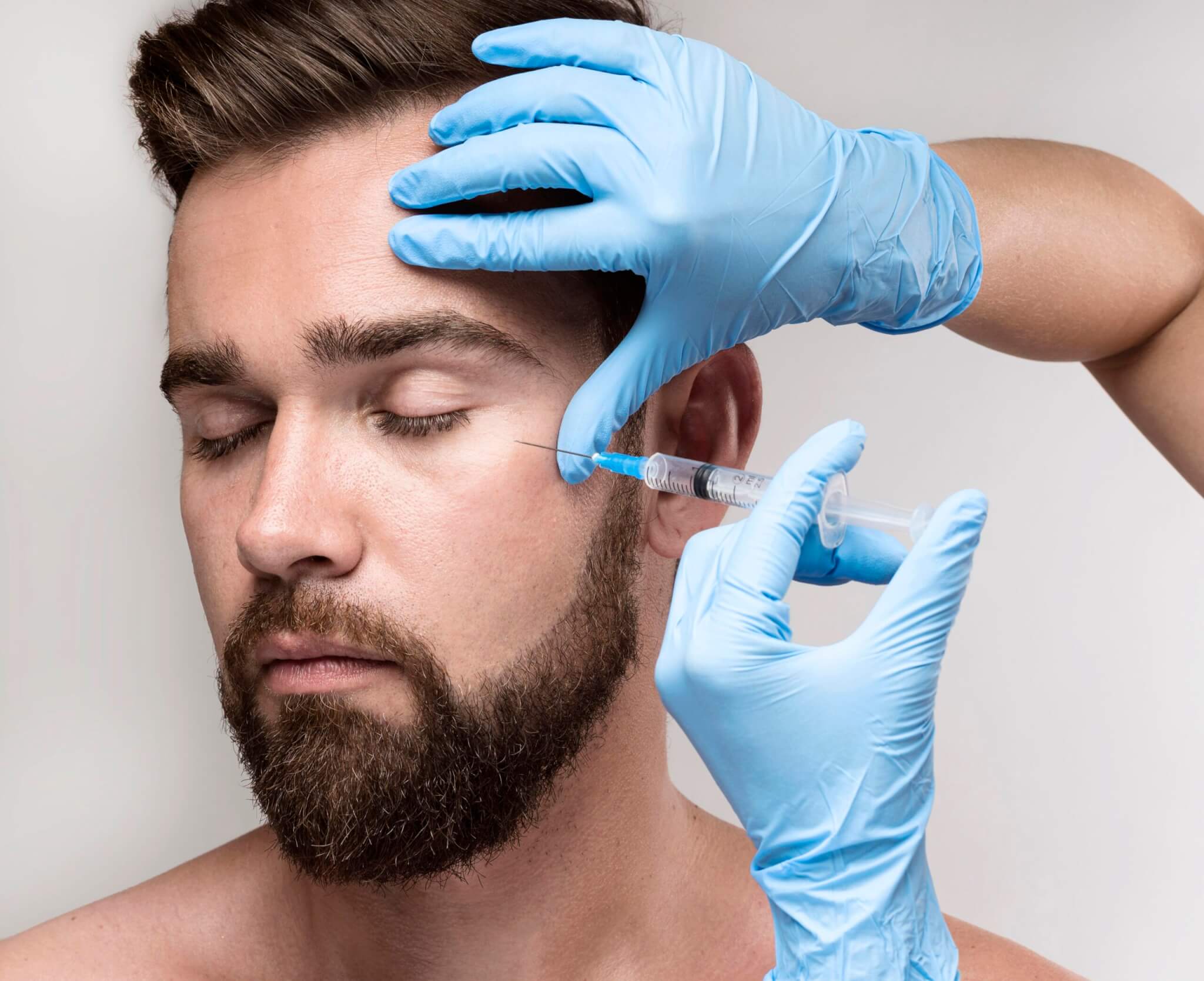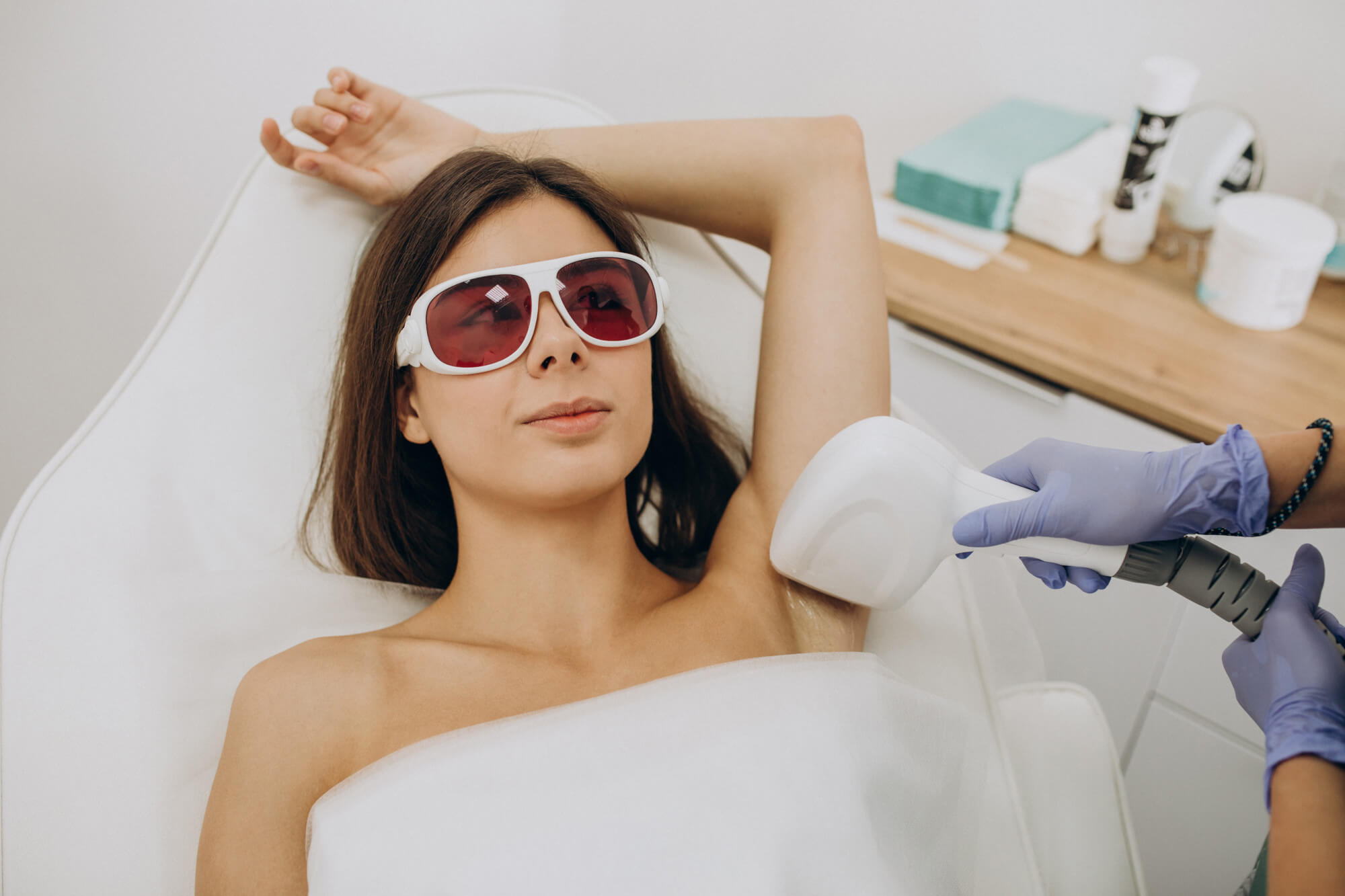Understanding skincare labels can feel like deciphering a foreign language. With the rise of clean beauty, dermatological innovation, and consumer awareness, skincare product packaging has become increasingly complex. However, learning how to interpret skincare labels is essential for making informed decisions, preventing adverse reactions, and selecting products that truly meet your skin’s needs.
Reading a skincare label like a pro involves more than skimming for buzzwords or choosing products with appealing designs. It requires recognizing key terms, understanding ingredient lists, being mindful of marketing tactics, and knowing what suits your skin type and concerns. Here’s how you can navigate skincare labels with confidence and precision.
Start with the Front Label—but Don’t Stop There
The front of a skincare product is designed to sell, not to educate. It often highlights attention-grabbing claims like “dermatologist-tested,” “hypoallergenic,” “non-comedogenic,” or “natural.” While these phrases may sound reassuring, many are unregulated and can be misleading. Terms like “natural” or “clean” have no standardized definition across the beauty industry. Even “dermatologist-tested” does not guarantee a product’s safety or effectiveness, only that a dermatologist was involved in some stage of testing.
Still, the front label can be useful for identifying the product’s category (e.g., moisturizer, serum, toner) and the hero ingredients it might contain. However, the real information lies on the back of the packaging.
Understand the Ingredient List (INCI List)
The ingredient list, usually found on the back or side of the packaging, is required by law in most countries and follows the International Nomenclature of Cosmetic Ingredients (INCI). Ingredients are listed in descending order of concentration, meaning the first few components typically make up the bulk of the formula.
Reading this list is critical for identifying what you’re truly putting on your skin. If a product markets itself as containing niacinamide or hyaluronic acid but those ingredients appear at the very bottom of the list, they may be present in quantities too small to offer any real benefit.
Water or “aqua” is frequently listed as the first ingredient, especially in creams, lotions, and gels. This is completely normal and not a red flag. What matters is the positioning of active ingredients that serve a specific function for your skin concern.
Know Your Actives and What They Do
Active ingredients are the components that perform a specific function, whether it’s treating acne, brightening skin, or boosting hydration. Common actives include salicylic acid, glycolic acid, retinol, vitamin C, niacinamide, and peptides. Being familiar with these ingredients and how your skin reacts to them is essential. For example, people with sensitive skin may find retinol irritating, while others with acne-prone skin might benefit greatly from its exfoliating and anti-inflammatory properties.
Concentration matters too. An active ingredient like salicylic acid is usually effective in concentrations between 0.5% and 2% for over-the-counter products. Brands that disclose these percentages on the label are often more transparent, allowing consumers to make educated decisions. However, not all brands reveal exact concentrations, which is where your familiarity with the INCI list order becomes useful.
Watch Out for Irritants and Allergens
Reading a skincare label is also about avoiding ingredients that may trigger sensitivity or allergic reactions. Fragrance, listed as “parfum” or “fragrance,” is one of the most common irritants, especially for people with sensitive skin, rosacea, or eczema. Even products labeled as “fragrance-free” may contain masking agents with a scent, so it’s essential to check the ingredient list for potential irritants.
Other common red-flag ingredients include denatured alcohol, which can be drying, and essential oils such as citrus or peppermint, which can cause irritation in some users. If you have known allergies, look out for specific triggers such as lanolin, propylene glycol, or certain preservatives like methylisothiazolinone.
Understand the Role of Preservatives
Preservatives are necessary in most skincare products to prevent the growth of bacteria, mold, and yeast—especially in water-based formulations. While some consumers are wary of preservatives, fearing they may be harmful, the truth is that effective preservation is critical to product safety.
Parabens, for instance, have received much criticism over the years, but scientific evidence has not conclusively shown that they are harmful in the concentrations used in cosmetics. Other preservatives like phenoxyethanol, ethylhexylglycerin, and sodium benzoate are commonly used as alternatives. Whether you prefer products with or without parabens, the important thing is to understand that preservatives themselves are not inherently bad. The goal is to avoid over-sensitizing preservatives or those your skin reacts poorly to.
Recognize Marketing Terms and What They Actually Mean
The beauty industry is rife with buzzwords that sound good but lack standardized definitions. Understanding what these terms truly mean—or don’t mean—will help you cut through the noise.
“Non-comedogenic” implies that a product will not clog pores, but this claim is not strictly regulated. It’s best to look at the actual ingredients rather than relying solely on this label. Oils like coconut oil are often comedogenic, while others such as squalane or rosehip oil are not.
“Hypoallergenic” suggests a reduced risk of allergic reaction, but again, there is no legal standard for this term. Even hypoallergenic products can contain ingredients that may trigger allergies in sensitive individuals.
“Cruelty-free” typically means a product was not tested on animals, but certification varies. Look for trusted logos from organizations like Leaping Bunny or PETA for reassurance. The term “vegan” refers to formulations free of animal-derived ingredients, but not necessarily cruelty-free unless stated otherwise.
“Organic” and “natural” are also loosely regulated, especially outside of certified standards such as USDA Organic. Many synthetic ingredients can be safe and effective, while natural ones can still irritate or sensitize the skin.
Check the Product’s Shelf Life and Packaging Integrity
Some products include a Period After Opening (PAO) symbol, usually depicted as a jar with an open lid and a number, like “6M” or “12M,” indicating the number of months the product remains stable after opening. Others list an expiration date. Products that contain actives like vitamin C or retinol are particularly prone to degradation, especially if exposed to light or air.
The type of packaging used can affect a product’s stability. For example, airless pumps and opaque tubes help protect light-sensitive ingredients, while jars expose the formula to more oxygen and contamination. If you’re investing in high-potency actives, the right packaging ensures the product remains effective throughout its intended shelf life.
Be Mindful of Ingredient Interactions
Some skincare ingredients don’t play well together. For instance, mixing vitamin C (especially L-ascorbic acid) with niacinamide was once considered problematic, although newer research has debunked most of these concerns. However, combining strong exfoliating acids like glycolic or salicylic acid with retinoids can cause irritation and barrier damage, especially in sensitive skin.
Reading labels helps you prevent stacking incompatible products. Understanding the sequence of application and formulation strengths ensures you don’t neutralize the effectiveness of actives or exacerbate side effects. For multi-step routines, it’s often best to introduce one active ingredient at a time or consult a dermatologist when unsure.
Note Where the Product Was Made
Manufacturing location can hint at ingredient safety, quality control standards, and formulation trends. For instance, Korean skincare (K-beauty) often emphasizes hydration and gentle formulations, while European skincare may follow stricter regulatory requirements regarding ingredient safety. That said, country of origin isn’t everything; reputable brands exist globally, and many follow Good Manufacturing Practices regardless of region.
Certifications and Third-Party Logos
If you’re particularly concerned about product safety or environmental impact, third-party certifications can offer reassurance. Seals from organizations like Ecocert, COSMOS, USDA Organic, and EWG Verified indicate a product has met specific criteria. Still, not all certifications guarantee superior performance, and many brands forgo certification due to cost, even if their practices align with the same values.
Knowing what each certification stands for helps you evaluate which align with your personal priorities, whether it’s clean ingredients, sustainable sourcing, or animal welfare.
Tailor Your Reading to Your Skin Type
Ultimately, reading skincare labels like a pro means knowing your own skin. Someone with oily, acne-prone skin might prioritize non-comedogenic formulas and look for ingredients like salicylic acid or niacinamide. A person with dry, sensitive skin might gravitate toward ceramides, glycerin, and fragrance-free products.
When you know what your skin needs—and what it reacts poorly to—you can interpret a product label with greater insight. You’ll spot beneficial ingredients and quickly identify red flags.
Final Thoughts: Empower Your Skincare Choices
Becoming fluent in skincare label reading is not about memorizing every ingredient or fearing chemicals. It’s about empowering yourself with knowledge to make smarter, safer, and more personalized choices. The beauty industry is evolving, and consumers are more educated than ever. By learning how to decode the INCI list, recognize marketing tactics, and understand ingredient functions, you become an informed participant in your own skincare journey.
Skincare should be both effective and enjoyable. And nothing brings peace of mind like knowing exactly what you’re putting on your skin—and why. So the next time you pick up a product, look beyond the branding and dive into the label. Your skin will thank you.






